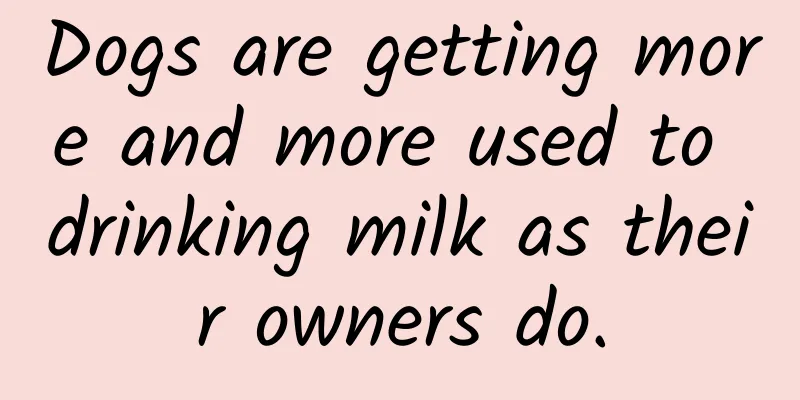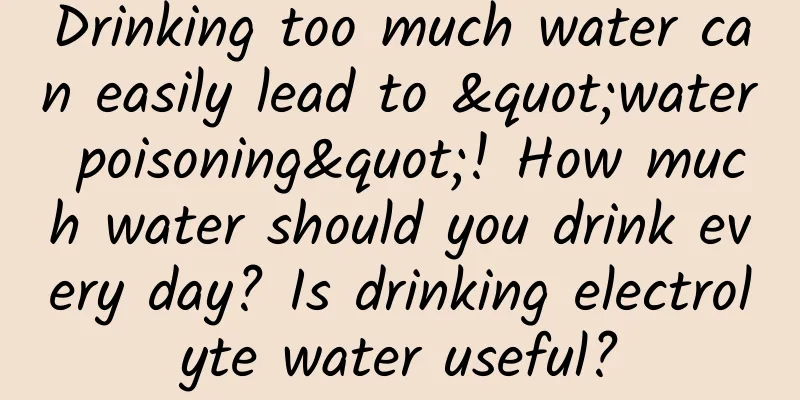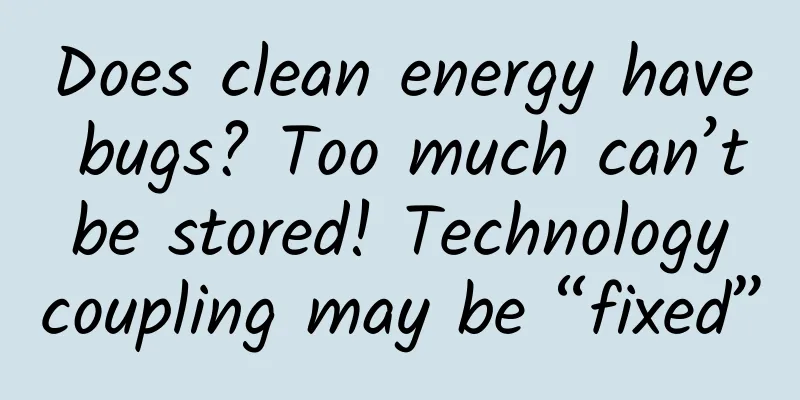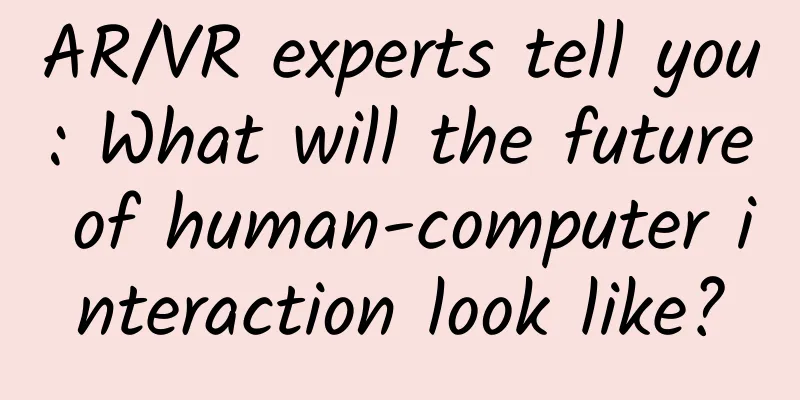White rice has no nutrition? Cold rice has no calories? All the rice issues you care about are here →
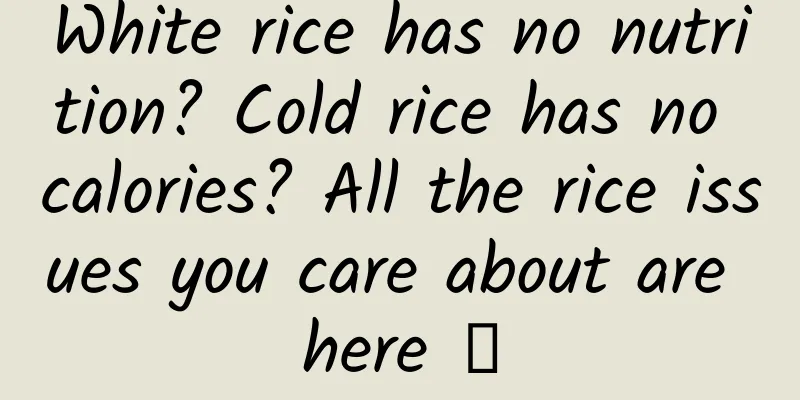
|
Author: Xue Qingxin, registered dietitian Reviewer: Chen Ran, Associate Research Librarian (Science Communication) / Senior Engineer, COFCO Nutrition and Health Research Institute Rice is the staple food for most people in our country. A bowl of fragrant rice on the table can not only fill the stomach, but also make people feel the warmth of home. However, there are many rumors about rice, such as: eating rice makes people fatter than eating noodles, there are heavy metals in rice, people with diabetes cannot eat rice, eating cold rice can help lose weight, etc. This article sorts out 7 common sayings about rice. Today, let's uncover the truth one by one and eat it clearly. Copyrighted stock images, no reproduction is authorized 01 Myth: I often hear people say: "White rice has no nutrition and is junk food." Analysis: No, it’s not. White rice is not without nutrition, it just has limited nutritional contribution. The main nutrient in rice is carbohydrates, and it also provides us with some protein and a small amount of vitamins and minerals. Every 100 grams of rice can provide 77.2 grams of carbohydrates. Most of the carbohydrates we need every day are met by rice. Don't underestimate carbohydrates. It is not only one of the three major energy-producing nutrients, but also closely related to physical health. If carbohydrate intake is insufficient, not only will symptoms of hypoglycemia occur, but the body will also produce ketone bodies, which will lead to unpleasant odor in the mouth, sweat, and urine, especially obvious bad breath when talking. Most importantly, a cohort study of the American population showed that insufficient carbohydrate intake can also affect life expectancy. The percentage of energy provided by carbohydrates is U-shapedly correlated with all-cause mortality. When the percentage of energy provided by carbohydrates is 50%-55%, the mortality risk is the lowest, while carbohydrates <40% and carbohydrates >70% are associated with a higher mortality risk. [1] In addition, every 100 grams of rice can provide 7.9 grams of protein. The "Dietary Guidelines for Chinese Residents" recommends eating 200-300 grams of cereals every day, and it is recommended to eat coarse and fine grains together. If you eat 200 grams of rice and 100 grams of whole grains, then the protein provided by rice is about 16 grams, which can meet nearly 30% of the protein requirement of an average woman, which is not a small contribution. So, in terms of providing nutrition, although rice cannot cover everything, we really cannot do without it. 02 Rumor: There is an old saying among the people: "Rice oil on porridge is better than ginseng." Some older generations will feed rice oil to babies for nutrition supplement, believing that rice oil has high nutritional value. Analysis: Not very nutritious. Rice oil is a thin, sticky, cream-like substance that floats on the surface of porridge when it is cooked. It contains a high concentration of starch. Its main nutrients are carbohydrates, and it also contains some proteins, vitamins and minerals. Because the starch is highly gelatinized, it is easier to digest. However, rice oil has a low nutritional density and long-term use as a staple food for infants may lead to malnutrition. However, some studies have shown that rice oil is effective in relieving diarrhea in infants. It is also effective in treating dehydration caused by acute diarrhea after adding a small amount of salt. It can also be used to prevent dehydration after diarrhea. Diarrhea can lead to a large loss of water and electrolytes, and rice oil with salt can replenish electrolytes. [2] 03 Rumor: Rice is a food that is more likely to accumulate heavy metals, so many people worry that eating rice will cause heavy metal poisoning and endanger their health. Analysis: Don’t worry too much. Someone took samples of 11 commercially available rice from Liaoning, Heilongjiang, and Jiangxi and conducted an experiment. The results showed that the contents of five heavy metals, lead, inorganic arsenic, chromium, total mercury, and cadmium, in these 11 rice samples were all within the safe range. The heavy metal content in the rice tested this time was within the safe range and can be eaten with confidence. [3] Some people also conducted random sampling tests on rice from online supermarkets, taking a total of 39 rice samples. After testing, it was found that the residues of four heavy metals, As, Hg, Pb, and Cd, in the 39 rice samples all passed the test, with a pass rate of 100%. Although some samples were found to have heavy metal residues, they were all within the safety range allowed by the country. [4] In addition, there are studies that have examined the contamination of rice in different regions. The results found that rice in Hunan and Guizhou is more seriously contaminated by heavy metals. [5] Furthermore, rice is washed, soaked, and cooked before consumption, which can further reduce the heavy metal content and lower health risks. [6] When buying rice, you should choose a regular supermarket, which has quality control and makes you feel more at ease when eating it. It is best not to buy unqualified bulk rice on the street. At the same time, you should also pay attention to the implementation standards on the packaging. Different varieties of rice have different implementation standards, such as GB/T19266, GB/T18824, GB/T20040, and GB/T22438, which correspond to Wuchang rice, Panjin rice, Fangzheng rice, and Yuanyang rice respectively. Copyrighted stock images, no reproduction is authorized 04 Rumor: Many people give up eating rice after suffering from diabetes, and even blame rice for their diabetes. Analysis: Don’t blame the rice! This "pot" is too big, the rice can't be carried~ First of all, there are many possible causes of diabetes, and it is not the rice’s fault. Secondly, it is irrational to refuse to eat rice just because it raises blood sugar. After all, rice is the main source of carbohydrates for most people. Even if you have diabetes, you can still eat rice, but you should pay attention to the following 4 points when eating rice: ① Do not eat white rice. It is best to mix coarse and fine grains, and replace 1/3~1/2 of the white rice with whole grains, such as chickpeas, white kidney beans, red beans, mung beans, black beans and other foods. Not only can it stabilize blood sugar after meals, but it can also increase the intake of dietary fiber, make you feel fuller, and better control your appetite. ② Do not add too much water when cooking rice, and do not cook it for too long, because the more water you add and the longer the cooking time, the more likely your blood sugar will rise after a meal. ③ Do not soak rice for a long time. Using the same amount of water, soaking rice for several hours before cooking is more likely to increase blood sugar than cooking it directly without soaking. ④ Eat rice with vegetables and protein foods, such as chickpea rice with broccoli and chicken breast. Eat the vegetables first and then the rice. This mixed meal is more helpful in stabilizing blood sugar after meals. Therefore, there is no need for people with diabetes to refuse to eat rice. You can eat it with confidence if you pair it with the right combination. 05 Rumor: I heard that cooling cooked rice will produce resistant starch, which will reduce the calories of the food, so eating cold rice can help you lose weight. Analysis: While it may work, it is not recommended. The starch in the hot rice just out of the pot belongs to fast-digesting starch , which can be digested and absorbed in the small intestine within 20 minutes and turned into glucose for the body to use. But if the hot rice is cooled, it will "age and regenerate" at low temperature. At this time, the resistant starch content in the rice will increase, and the resistant starch will not be digested by the small intestine and cannot be broken down into glucose for the body to use. The caloric value of resistant starch is only about half of that of fast-digesting starch. Therefore, if the content of resistant starch increases, the calories that can be absorbed from the rice will decrease, making people feel that they can lose weight. However, if you eat cold rice every day to lose weight, your stomach may suffer. Besides, the key to losing weight still depends on the total calorie intake throughout the day. If the total calorie intake is high, eating iced rice will be useless. 06 Rumor: The older generation likes to add some baking soda when cooking porridge, believing that the porridge cooked in this way is nutritious and delicious, and can also shorten the cooking time. Analysis: Not recommended. On the one hand, adding alkali to porridge can accelerate the dissolution of starch in grains and increase the speed of maturation of cereal foods during cooking; on the other hand, grain starch contains a certain amount of phosphoric acid, which is mainly absorbed by the starch by combining with amylopectin in the form of ester bonds. The unesterified hydroxyl groups of phosphoric acid can be neutralized by cations (Ca2+, Mg2+, K+, Na+), which changes the flavor, swelling, solubility, colloid properties, and conductivity of grain starch, thereby increasing the viscosity and smoothness of the porridge, improving the taste of the porridge, and improving the flavor of the porridge. [7] However, adding alkali when cooking porridge will destroy the nutrients in the porridge, especially it will increase the loss of B vitamins, such as pantothenic acid will be lost by more than 90%. Therefore, in order to take in more nutrients, it is best not to add alkali when cooking porridge. Copyrighted stock images, no reproduction is authorized in conclusion White rice is not without nutrition. It can provide the carbohydrates, protein and a small amount of vitamins and minerals needed by the human body. The nutritional value of rice oil is not high, but it is relatively easy to absorb and is also effective in relieving baby diarrhea. Some people have tested commercially available rice and found that the heavy metal content in rice is within a safe range. It is recommended to go to regular supermarkets to buy more reliable rice. Rice cannot be blamed for suffering from diabetes, and diabetics can eat rice as long as they match it well and pay attention to the cooking method. The calorie value of cold rice is lower than that of hot rice, but eating cold rice is harmful to the stomach and intestines. It is not recommended to eat cold rice to lose weight. Adding baking soda to porridge will destroy the nutrients in the porridge. Rice plays an important role on the table and is the key to satisfying the hunger of most people. Even without the icing on the cake cooking method, it is still irresistible. Don't be swayed by rumors, be sure to eat rice healthily, and match coarse and fine rice. References: [1]Seidelmann SB, Claggett B, Cheng S, Henglin M, Shah A, Steffen LM, Folsom AR, Rimm EB, Willett WC, Solomon SD. Dietary carbohydrate intake and mortality: a prospective cohort study and meta-analysis. Lancet Public Health. 2018 Sep;3(9):e419-e428. doi: 10.1016/S2468-2667(18)30135-X. Epub 2018 Aug 17. PMID: 30122560; PMCID: PMC6339822. [2] Yang Junhong, Si Ping, Tian Xi, Li Ping, Chen Yingxin, Lin Ying, Zhao Wenzhuo, An Dong. Experimental study on the antibacterial and endotoxin adsorption effects of rice oil[J]. Parenteral and Enteral Nutrition, 2015, 22(02): 116-118. DOI: 10.16151/j.1007-810x.2015.02.015. [3] Hu Yaping, Zhang Zhenghong, Kang Lichao. Detection and analysis of five heavy metal pollution in commercially available rice[J]. Modern Food, 2022, 28(18): 134-137. DOI: 10.16736/j.cnki.cn41-1434/ts.2022.18.036. [4] Zheng Haiyan, Zhu Guozhu, Liang Jingwen. Investigation on the pollution of heavy metals As, Hg, Pb and Cd in commercially available rice[J]. Food Safety Guide, 2021(25):69-70. DOI:10.16043/j.cnki.cfs.2021.25.041. [5] Shi Jiangdan, Shi Kexin, Huang Yujia, Huang Lei. Heavy metal/metalloid pollution and health risks of rice and vegetables in China[J]. Journal of Environmental Health, 2022, 12(07): 479-487. DOI: 10.13421/j.cnki.hjwsxzz.2022.07.002. [6]Liu K, Zheng J, Chen F. Effects of washing, soaking and domestic cooking on cadmium, arsenic and lead bioaccessibilities in rice. J Sci Food Agric. 2018;98(10):3829-3835. doi:10.1002/jsfa.8897 [7] Bai Fengling, Liu Yan. Effects of adding alkali to porridge on its nutrients[J]. Chinese Food and Nutrition, 2003(12):54-55. The article is produced by "Science Refutes Facts" (ID: Science_Facts). Please indicate the source when reprinting. The cover image and images within this article are from the copyright gallery. Reprinting and quoting them may lead to copyright disputes. |
<<: The Four Color Theorem: A New-Age Algorithm for the Classical Coloring Problem
>>: Can a port be built as long as there is water? How much do you know about ports?
Recommend
Take a sip and you can't stop laughing? Beware of this bottle! Severe cases can be fatal
"Take a sip and you can't stop laughing?...
How many creative ideas should I write for each promotion unit of Shenma SEM? Are 5 okay?
(1). Generally, 2-3 items are recommended. No nee...
Ten years later, China's mobile phone bull market is on the rise
When " Jack Ma " stands at the crossroa...
After reviewing the Douyin data for the past 4 months, these contents are the most effective in increasing followers!
The increase in users brought about explosive gro...
Practical information: A first look at the iOS 9 Contacts framework
[[155660]] iOS 9 shows many new technologies and ...
2019 Kuaishou operation tips for increasing followers!
The predecessor of Kuaishou, called "GIF Kua...
How was Overtime Wang made?
[[147867]] If the IT industry is the hardest hit ...
Electric Technology Car News: After five years of poor sales, can the Lifan 620EV, which relies on new energy, make a comeback?
Chongqing Lifan Automobile Co., Ltd. is a profess...
Xiaomi Air Purifier 2 unboxing photos: 699 yuan, smaller in size
When you are all paying attention to the Redmi No...
Why do some phones charge faster?
The charging process of a smartphone is mainly com...
Teach you step by step how to promote information flow videos!
Currently, the trend of online video advertising ...
Don’t ignore the safety of your fingertips during the Spring Festival! There are risks when using nail lamps!
The Spring Festival is coming. In order to celebr...
Reanalyze advertising and marketing!
As the auxiliary optimization functions of advert...
Six tips for navigation bars
`UINavigationBar` and `UINavigationItem` are comm...
Have you been fooled by wearable devices?
There have always been different opinions about t...
